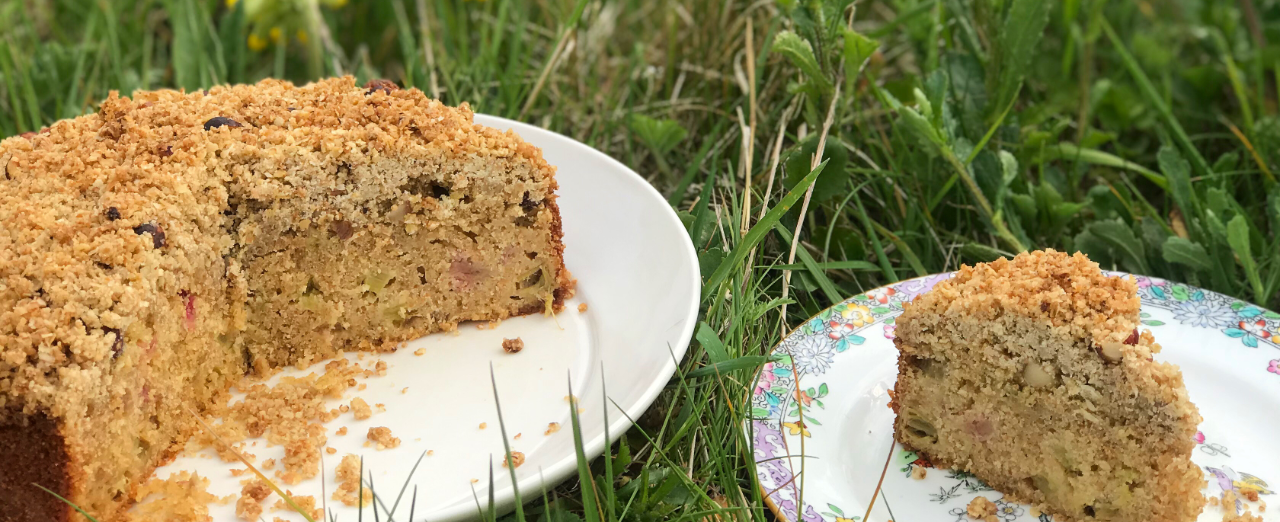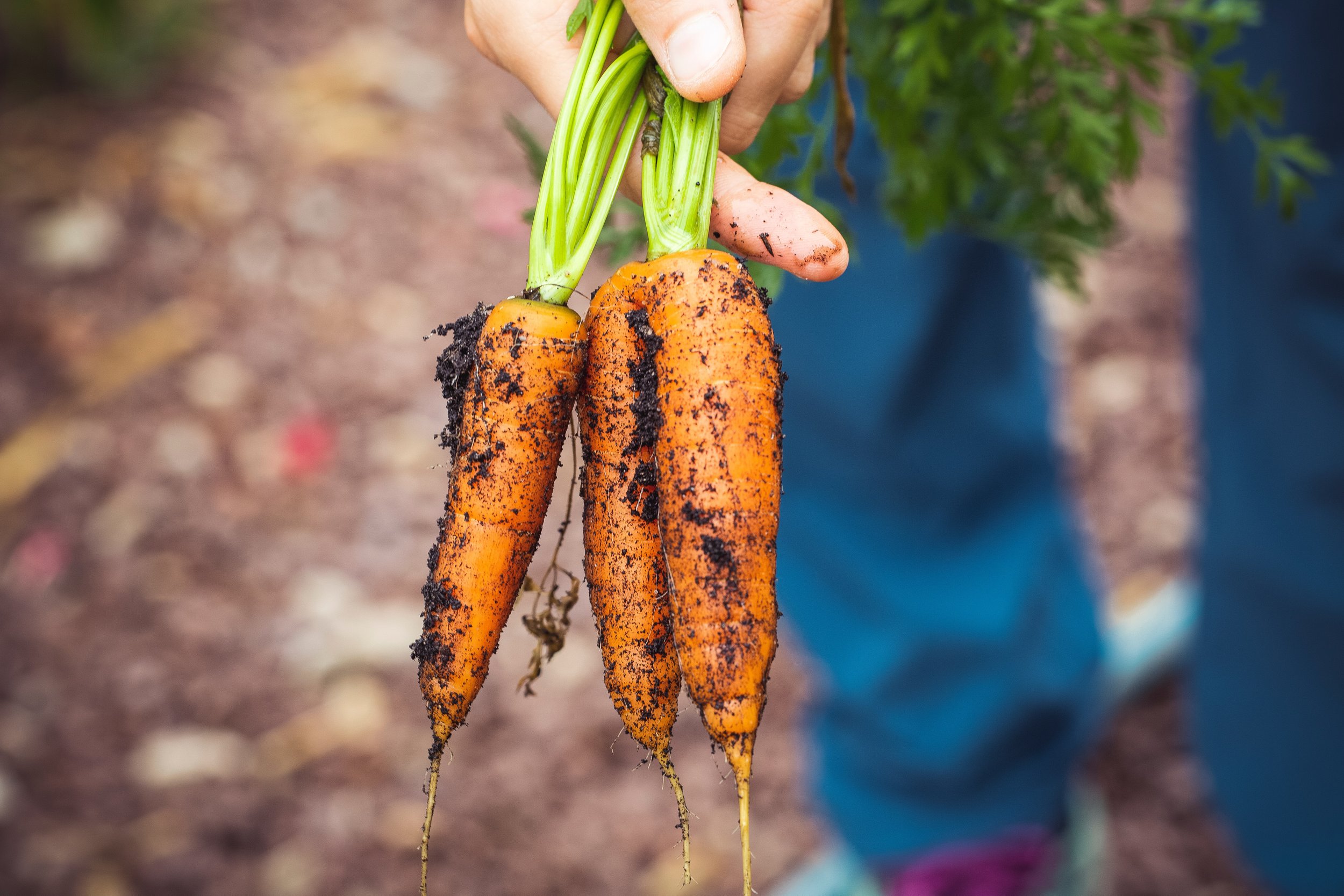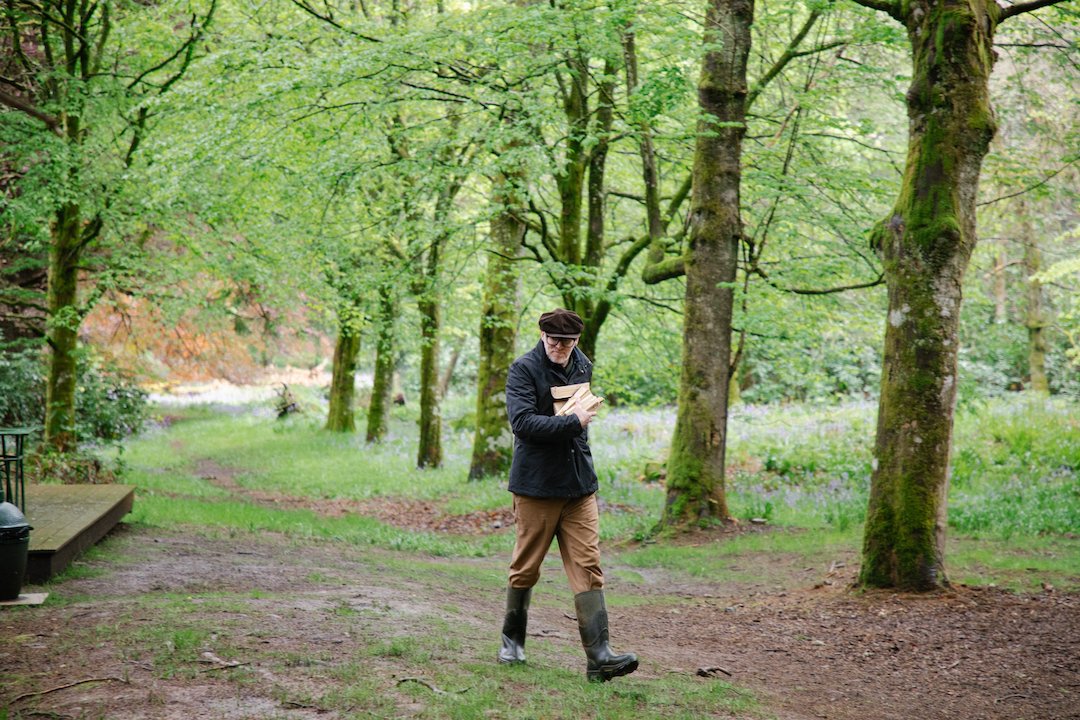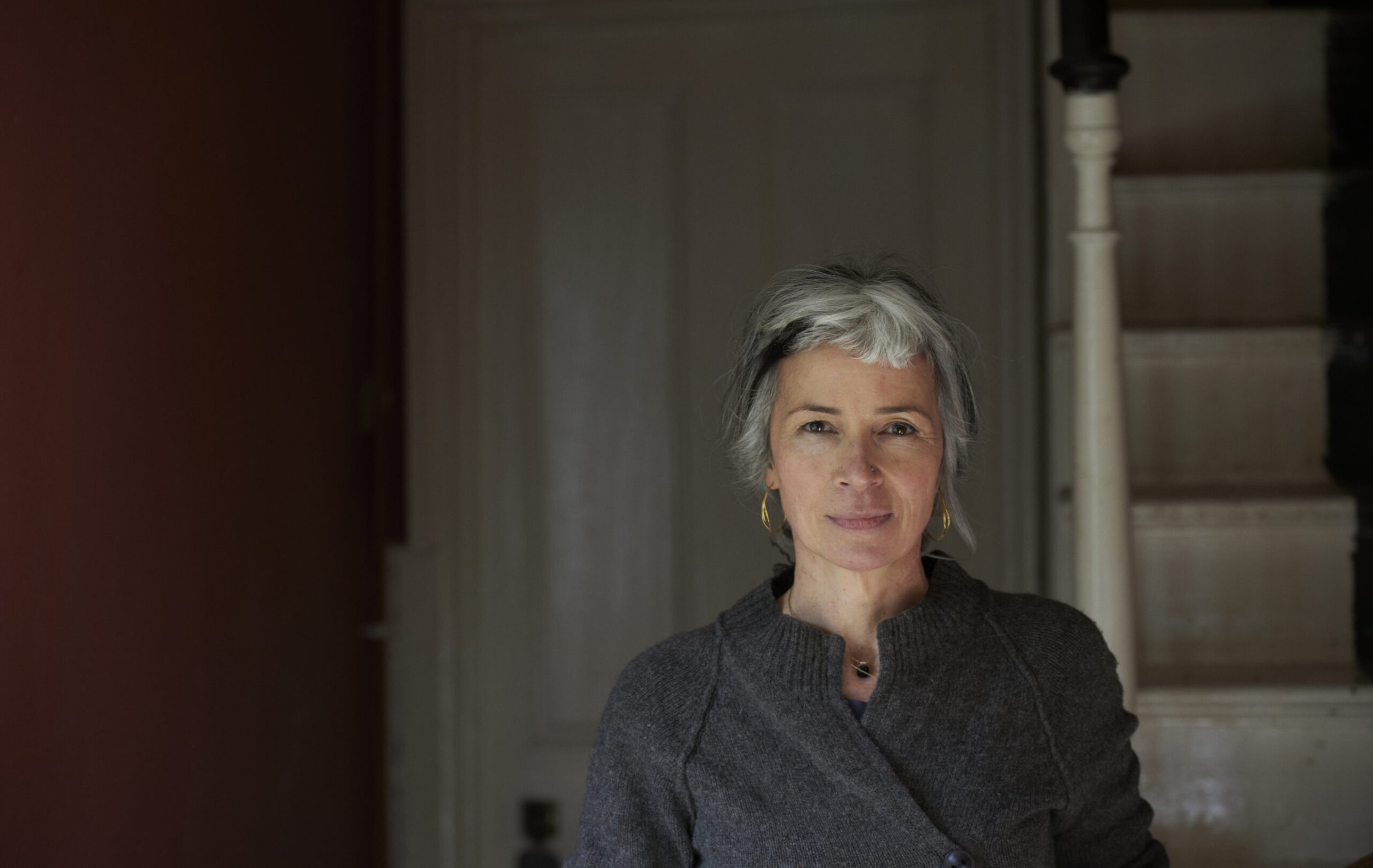The Joy Of Wholegrain
Available from farmers and millers across Britain, wholegrain flour is a far better option for our health, and for the soil and ecosystems it sustains. Henrietta Inman discusses its significance and the necessity to find diversity in grains. Henrietta champions the need to support farmers for their hard work and respect for the land.
WRITTEN BY Henrietta InmanDuring this time in lockdown, many have had the opportunity to rest and reflect. With restaurants and cafés closed and no option but to stay at home, some are cooking and baking more. However, whilst we turn to the comfort of our kitchens, the farmers and producers who once relied on the hospitality industry as their main source of income are struggling to find markets for their produce. In the supermarket, shelves that once stocked flour are empty. I had a message from a Hertfordshire miller asking if I can help spread the word about her freshly milled heritage wholegrain wheat flour, which she is anxious to sell. Artisan cheesemakers too, amongst many others, are desperate to find customers. The system seems wrong, or at the very least, disconnected. While we dedicate more time to food and ingredients during this enforced period of reflection, we have the chance to really ask, ‘where does this come from and who made it?’.
I first started baking with wholegrain flours after moving home to Suffolk from London. Exhausted from five years of working in pastry kitchens, I longed for home and yearned for nourishing, uplifting cooking. Energised by the local food movement, I wanted to apply the skills I had learnt to the ingredients around me. Five miles away, at Maple Farm Kelsale, I could get wholegrain wheat, spelt and rye flours. I fell in love with their flavour and texture. No longer was a sponge cake sugary and plain, but it was nutty, rich and complex, with a slight bran-y feel. Finished with homemade plum jam, the sponge and filling complemented each other.
“It was simple, considerately sourced and made, and completely delicious.”
Henrietta InmanDawn Woodward, the co-founder of Evelyn’s Crackers in Ontario, Toronto, told me when she started her bakery,
‘I just adapted some cracker and digestive recipes to wholegrain and couldn’t believe the flavour and different texture having the bran gave them, especially the digestives. Buckwheat plus chocolate is a million times better than white flour plus chocolate. Not only have my senses felt sated by this beautiful flavour but so did my whole body; it was the medicine I needed’.
As Kimberley Bell, founder of Small Food Bakery in Nottingham says, ‘Once you get into baking with wholegrain, there’s no going back. You get used to the feeling, the enjoyment of the flavour of the bran and the germ and the way that wholegrain products make you feel. I love the sense of having a treat and getting the complete satisfaction of a sneaky sugar hit but also feeling a very long-term sense of nourishment at the same time’.
There is a place for white flour, for special occasions and confectionary, but there is too much of it in the world.
Commercial plain white flour…
Is made from modern monoculture hybrid wheat. The outer bran and inner germ are stripped to produce a starchy white flour made from the central endosperm. This refined carbohydrate immediately spikes our sugar levels. Lacking in any goodness or flavour, it is an addictive sugar hit that leaves us wanting more. Great for the big businesses producing it, but not for our health or the health of our soil and ecosystems. The stripping of the bran and germ to produce white flour is also much more labour intensive for smaller scale millers. ‘You physically have to handle twice as much grain when producing white flour’, Mike Mallett, the miller at Maple Farm explained to me.
With wholegrain flour…
The outer bran and central germ remain with the endosperm. The bran and germ are 80% of each grain’s vitamins and minerals like B vitamins and vitamin E, iron and zinc, plus fibre and lipids. Sourdough’s slow fermentation is good for our guts and allows these nutrients to become readily available.
A growing number of dedicated farmers and millers around the world are investing in new ways of regenerative farming. They are sowing the seeds, growing for flavour and for the land, and harvesting and milling diverse and old varieties of grains that are far more sustainable and resilient to climate change than modern wheat.
We can support them, use their wholegrain flours and honour their hard work and respect for the land.
When Kimberley learnt about Professor Martin Wolfe’s work at Wakelyns Organic Agroforestry farm in Suffolk, and the personal commitment he had made to exploring issues of diversity and farming systems (like how they could help us have more sustainable food production), she became an ambassador for his YQ population wheat. YQ – which stands for yield and quality – is a genetically diverse population of wheat developed by Martin Wolfe. I have never tasted a more memorable custard tart, made with the crumbliest YQ wheat pastry, than Small Food Bakery’s.
Similarly, in Ontario, Dawn wanted to be as local and sustainable as possible and so created her recipes according to what the farmers around her were producing: wholegrain red fife wheat, rye, buckwheat and spelt. She started working with nature, rather than manipulating it. ‘Dealing with farmers committed to better farming and biodiversity has given me more options in my flour pantry than tasteless commodity flour that exploits farmers and the environment. Our customers notice the difference and we love the relationships we have built on both ends of the field to plate movement.’
“We can support them, use their wholegrain flours and honour their hard work and respect for the land, as many bakers already are.”
Henrietta InmanMy heart swells when people tell me that they feel nourished, energised and their senses satisfied after eating food baked with wholegrains. People love the flavour and how good they feel, compared to white flour breads, cakes and pastries and they want to know why and where those joy-boosting ingredients have come from. The bran and the germ are part of the identity of the grains and the unique flavour of each one is an expression of the terroir.
Kimberley, Dawn and more and more bakers are starting to get familiar with who is growing and milling their grains. Hodmedod’s in Suffolk are experiencing huge demand at the moment, they write on each label of beans, pulses, flour and seeds who has grown it and where. Not only do our producers want to know where their ingredients are coming from but we, the customers and the cooks, we citizens want to know who made our food and the land it came from. Smaller food chains and food communities are strengthening and growing.
Let us continue these good habits we are picking up long after this is all over. As the lockdown intensifies our appreciation for nature and for community, we need to recognise that we are part of nature and part of a food community and system – and that our actions count.
“This new grain movement is a symbol for a whole new food movement which is not about elitist food, but real food that should be available to everyone, that creates good physical and mental health, good jobs and keeps small businesses going, whilst simultaneously caring for the future of our planet.”
Henrietta InmanThe close direct relationships we can form within this community and to nature can add to our quality of life, bring us purpose and above all, joy.
You can find Henrietta’s recipe for a YQ Wheat Rhubarb and Yogurt Cake with Oat and Hazelnut Crumble here.
With thanks to:
Kimberley Bell @smallfoodbakery
Dawn Woodward @evelyns.crackers










